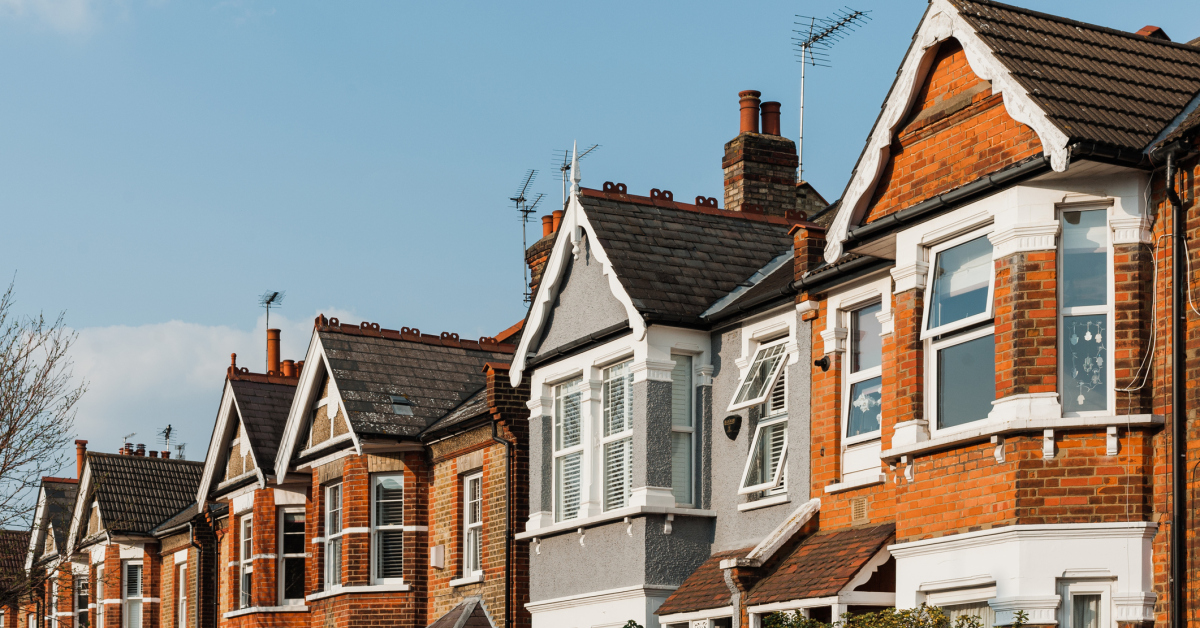UK House Price Index: July 2025 Update

The HM Land Registry has published the UK House Price Index (HPI) for July 2025, offering the latest insight into the residential property market across England, Scotland, Wales and Northern Ireland. The monthly release, published on 17 September 2025, reveals steady but slowing growth in house prices nationwide, alongside notable regional differences.
UK Overview
On average, UK house prices rose 0.3% between June and July 2025. Over the past 12 months, property values have increased 2.8%, bringing the average price of a UK home to £270,000.
While this represents continued growth, it marks a slowdown compared to the revised 3.6% annual increase recorded in June 2025. The moderation reflects a broader cooling in housing demand, as higher mortgage rates and tighter affordability weigh on buyers.
Transactions also rose modestly, with 96,000 residential property sales in July (seasonally adjusted). That figure is 4.3% higher than July 2024, showing resilience despite economic headwinds.
England: Regional Contrasts
England remains the largest housing market within the UK, with the average property valued at £292,000 in July 2025. Prices in England increased 0.3% month-on-month and 2.7% year-on-year.
The South West stood out with the strongest monthly growth, climbing 1.4% between June and July. In contrast, the South East recorded the sharpest monthly dip at -0.4%, while London prices were flat over the same period.
The North East was the best performer on an annual basis, posting a striking 7.9% rise in house prices over the past year. Meanwhile, London lagged behind all other regions, with just 0.7% growth annually.
Regional Breakdown for England (July 2025)
East Midlands – £240,000 average; +2.8% annually; +0.4% monthly
East of England – £338,000 average; +2.1% annually; -0.1% monthly
London – £562,000 average; +0.7% annually; flat monthly
North East – £164,000 average; +7.9% annually; flat monthly
North West – £213,000 average; +4.8% annually; +0.4% monthly
South East – £382,000 average; +1.2% annually; -0.4% monthly
South West – £306,000 average; +1.4% annually; +1.4% monthly
West Midlands – £248,000 average; +3.3% annually; +0.3% monthly
Yorkshire & Humber – £206,000 average; +3.9% annually; +0.7% monthly
Property Type Trends in England
Detached homes rose 3.5% year-on-year to £473,000.
Semi-detached properties climbed 3.7% to £287,000.
Terraced houses increased 2.7% to £243,000.
Flats/maisonettes remained flat, edging up only 0.3% to £224,000.
The figures suggest buyers continue to favour larger properties, particularly detached and semi-detached homes, despite higher borrowing costs.
Funding & Buyer Status in England
Cash buyers paid an average £278,000 (+2.3% annually).
Mortgage-backed buyers averaged £297,000 (+2.9%).
First-time buyers faced prices averaging £245,000 (+2.9%).
Former owner-occupiers spent £354,000 on average (+2.5%).
The data highlights that first-time buyers continue to face steep affordability pressures, with price growth in their segment slightly outpacing the broader market.
New Builds vs Resales
In May 2025, the average new build price in England was £380,000, up 7.7% annually. However, monthly prices dropped -3.9%, reflecting volatility in a small sample size. Existing resales averaged £283,000 (+1.7% annually, +1.5% monthly).
Spotlight on London
London remains the UK’s most expensive market, with the average property at £562,000 in July 2025. Yet growth is minimal: prices were flat month-on-month and up just 0.7% year-on-year.
By property type:
Detached houses: £1.165m (+3% annually)
Semi-detached: £715,000 (+2.4%)
Terraced: £636,000 (+3.2%)
Flats/maisonettes: £445,000 (-0.4%)
Notably, flats—traditionally a key segment of the London market—recorded a small annual decline, highlighting a cooling appetite for high-density housing.
Funding figures show cash buyers in London paid £601,000 on average, unchanged from 2024, while mortgage buyers saw slight growth (+0.9%).
New build sales averaged £517,000 in May 2025, up 3.4% annually but down sharply (-3.9%) month-on-month.
Wales: Mild Decline in July
The Welsh market dipped slightly, with prices falling 0.4% between June and July 2025. On an annual basis, however, property values rose 2%, bringing the average price to £209,000.
By property type:
Detached: £327,000 (+1.9%)
Semi-detached: £209,000 (+2.9%)
Terraced: £167,000 (+2.3%)
Flats: £127,000 (-0.9%)
Funding trends show cash purchases averaging £208,000 (-1% monthly), while mortgage-backed sales averaged £210,000 (-0.2% monthly).
New builds in Wales commanded a premium, at £326,000 in May 2025, up 9.3% annually but falling sharply month-to-month (-6.2%).
Northern Ireland & Scotland
While the July 2025 release focuses heavily on England and Wales, Northern Ireland and Scotland data is included quarterly. Early indicators suggest both markets are following a similar trajectory: steady but slowing growth, with regional pockets of stronger appreciation.
UK Market Trends in Context
Across the UK, the July HPI highlights several key themes:
Regional divergence is widening. The North East’s near-8% annual growth contrasts sharply with London’s flatlining performance.
Detached and semi-detached homes lead growth. Demand remains stronger for family-sized homes than flats.
First-time buyers face persistent affordability challenges. Their segment saw prices grow slightly faster than average.
New build prices are volatile. Small sample sizes mean sharp monthly swings, though the annual trend remains upward.
Repossession sales remain historically low. In May 2025, England recorded just 82 repossessions, with the South West seeing the fewest (1) and the North West the most (20).
The Bigger Picture
The Land Registry cautions that the HPI reflects completed sales, meaning transactions often represent deals agreed 6–8 weeks earlier. As such, July’s data may not fully capture more recent shifts in buyer sentiment or mortgage rates.
The UK housing market remains shaped by broader economic conditions—stubborn inflation, Bank of England interest rate policy, and shifting buyer behaviour. While growth has slowed, the market has not tipped into decline, suggesting a period of stabilisation rather than sharp correction.
Methodology & Revisions
The HPI is calculated using a hedonic regression model that accounts for property attributes, location, and other variables to estimate price changes. It is compiled from multiple official data sources including HM Land Registry, the Registers of Scotland, the Northern Ireland Statistics & Research Agency, and the Valuation Office Agency.
To improve accuracy, the revision period for the HPI has been extended to 13 months. This allows for more comprehensive capture of late-reported transactions, particularly new builds which often take longer to process.
Looking Ahead
The August 2025 HPI will be published at 9:30am on Wednesday 22 October 2025. Analysts will be watching closely to see whether the slowdown in July marks the start of a longer trend or a temporary moderation.
Conclusion
The July 2025 UK House Price Index paints a picture of a property market in transition. Overall prices are still rising, but more modestly than earlier in the year. Regional differences remain stark, with northern regions outpacing southern markets, and detached homes holding value better than flats.
For buyers, affordability remains stretched, particularly for first-time buyers. For sellers, demand is clearly uneven across the country. And for policymakers, the data underlines the ongoing challenge of balancing housing supply, affordability, and market stability.
Call us: 0207 183 4547
Or email: thelegalteam@parachutelaw.co.uk
Contact us today
Related Articles:
Severing a Joint Tenancy: Why Acting Quickly Could Protect Your Property Rights
Co-Buying a Property in England or Wales? Here’s What You Must Know Before You Sign
Think Twice Before You Sign: The Legal Risks of Joint Tenancies in UK’s Private Rental Market


